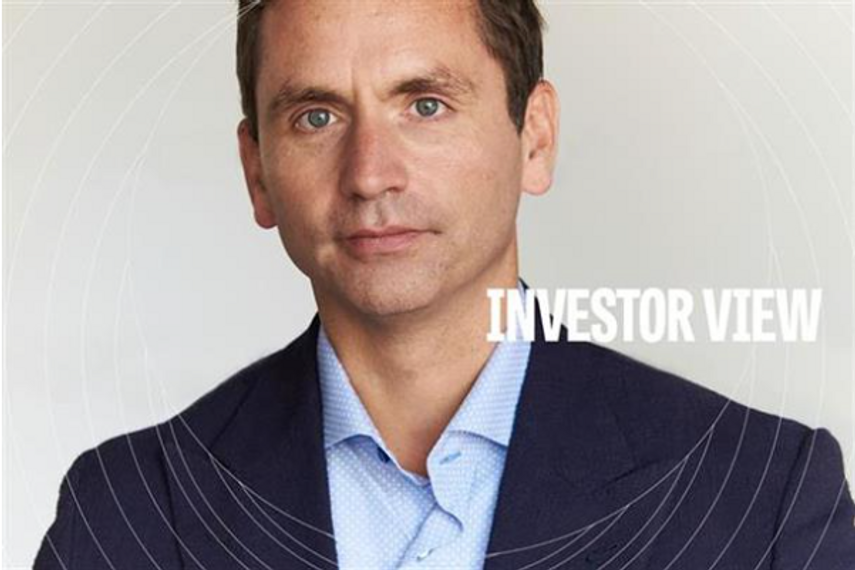
Please sign in or register
Existing users sign in here
Having trouble signing in?
Contact Customer Support at
[email protected]
or call+852 3175 1913
INVESTOR VIEW: Creativity is often perceived as a 'low growth, 'low margin' business, a 'necessary evil'. It's a perception at odds with its value and one that's ripe for change.

Contact Customer Support at
[email protected]
or call+852 3175 1913
Top news, insights and analysis every weekday
Sign up for Campaign Bulletins
The real win at Cannes Lions for APAC marketers lies not in bringing trophies home, but in bringing home ideas sharp enough to cut through locally, says Shufen Goh, APAC president at MediaSense.
Campaign sat down exclusively with John Harris, CEO of Worldwide Partners, Inc.(WPI), the world’s most collaborative agency network, and Humphrey Ho, president of Helios Worldwide and Asia Pacific board director at WPI, for an in-depth discussion on how the role of the CMO is evolving within today’s rapidly shifting marketing landscape.
The grades are in for Campaign Asia's 22nd annual evaluation of APAC agency networks. Subscribe to read our detailed analyses.
Newly independent and armed with its Converged strategy, Havas Media is pushing for growth in APAC. But with a limited regional presence, key account losses, and stiff competition from larger, tech-savvy rivals, the agency faces an uphill battle to prove its relevance and scalability in a cutthroat market.